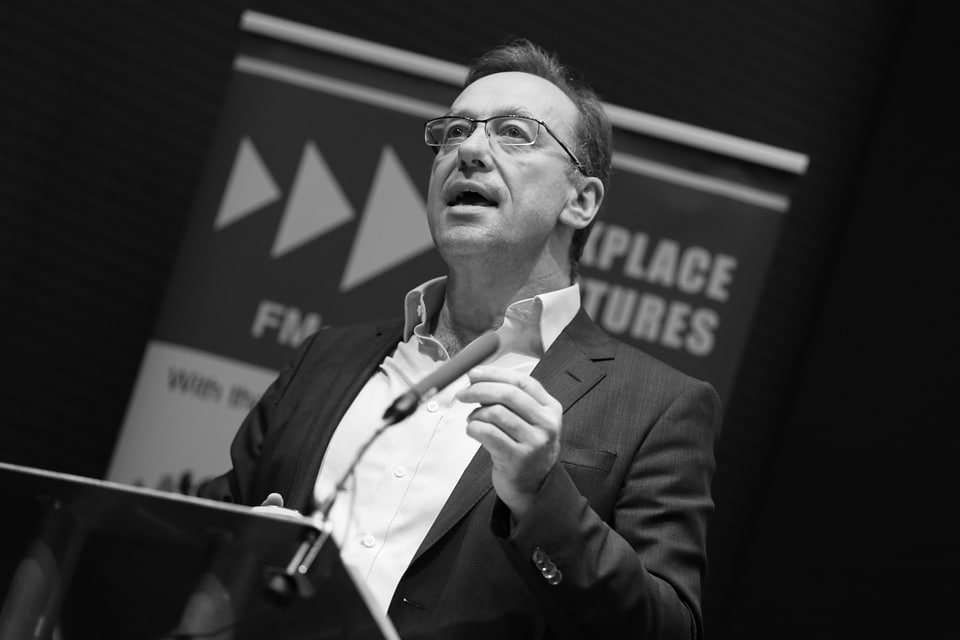How to future-proof your customer experience strategy

In today’s fast-paced, dynamic marketplace, future-proofing your customer experience (CX) strategy is not just a competitive advantage – it’s a necessity. Customers’ expectations are continually rising, driven by rapid advancements in technology and an increasing emphasis on personalized service. To stay ahead, businesses must ensure that their CX strategies are resilient, adaptable, and capable of delivering memorable experiences consistently. This article explores the key elements needed to future-proof your customer experience strategy, focusing on the importance of people and behaviour, leveraging technology wisely, and the enduring value of investing in customer experience.
Employee Focus
One of the most critical aspects of a robust CX strategy is having the right people in the right roles, exhibiting the right behaviours. Employees are the frontline ambassadors of your brand, and their interactions with customers can make or break the customer experience. Hiring individuals who align with your company’s values and culture is the first step. Then, make sure that employees have a deep understanding of the organization’s purpose and values. Invest in comprehensive training programs that not only equip employees with the necessary skills but also instil a customer-centric mindset. Empower and encourage them to make decisions that benefit the customer. When employees have the autonomy to address customer issues creatively and effectively, it enhances the overall experience. Instilling a mindset of continuous learning and development is another key area, where everybody in the organization is striving to be better. You can regularly update training programs to reflect the latest CX best practices and emerging trends. This employee focus helps to create a team of people who are engaged and capable of delivering high-quality service.
It might sound obvious, and yet, from our experience, it needs to be said: disengaged or neglected employees are unlikely to provide excellent customer service. Regularly ask your employees for feedback and involve them in decision-making processes. You might be surprised at how much value they can create because of their detailed knowledge and experience of day-to-day operating processes and practices. Applying a one-size-fits-all approach to training is something else to avoid. Different roles require different skills and approaches, so tailor training programs as much as is practical to meet the specific needs of each role within your organization.
Technology
Technology is a powerful tool in enhancing customer experience IF it is used thoughtfully. Artificial intelligence (AI) and augmented reality (AR) offer exciting possibilities, but they also come with potential pitfalls. AI can analyze vast amounts of data to deliver highly personalized experiences. For example, AI-driven recommendation engines can suggest products based on past behaviour, significantly enhancing the customer journey. AR can create immersive and interactive experiences, allowing customers to visualize products in their own environment before making a purchase. This technology can drive engagement and increase satisfaction.
While technology can streamline processes and provide valuable insights, it should not be viewed as a replacement for human interaction. Customers still value personal connections and the ability to speak to a human when needed – more than chatbots or automation. Excessive automation can lead to a lack of human connection and a feeling of detachment among customers. Carefully consider the balance between technology and human contact throughout the customer experience. Another consideration is the area of privacy because AI and AR rely on data collection. This is a highly sensitive, personal concern for customers and organizations need to communicate how seriously they are taking the area. Strong commitments about customer privacy backed up by action and transparency about data usage are the only way to build trust.
The value of investing in CX
Customer experience is not a passing trend and it is not a short-term ‘project’. It’s a critical component of business success that requires ongoing investment. Customers today have more choices than ever, and a superior customer experience can be a significant differentiator. Treat CX as an ongoing investment rather than a one-time project. Continuously allocate resources to improve and innovate your customer experience. Regularly gather and act on customer feedback. Use surveys, reviews, and direct interactions to understand what your customers value and where there is room for improvement. Ensure that CX is a company-wide priority. Every department, from marketing to product development to customer service, should work together to create a seamless and cohesive customer journey.
Avoid viewing CX improvements as short-term fixes. Sustainable success requires ongoing effort and adaptation to changing customer expectations and market conditions. The experience of your employees is closely linked to the experience of your customers. Invest in creating a positive and supportive work environment to ensure that your employees can deliver their best.
Future-proofing your customer experience strategy is about more than just keeping up with the latest trends; it’s about building a resilient, adaptable framework that can evolve with changing customer expectations and technological advancements. By ensuring you have the right people in the right roles, leveraging technology wisely, and recognizing the enduring importance of CX investment, you can create a strategy that not only meets today’s needs but is also prepared for tomorrow’s challenges.
Creating a customer-centric culture ensures that every decision, big or small, is made with the customer in mind. This cultural shift requires commitment from all levels of the organization. Ensure that senior leadership actively champions and models customer-centric behaviours. Their commitment sets the tone for the rest of the organization. Foster collaboration between departments to break down silos. Encourage teams to share insights and work together to solve customer problems. Establish KPIs that reflect customer-centric values, such as customer satisfaction, loyalty, and retention rates. Use these metrics to guide decision-making and performance evaluations.
Invest in your people, use technology as an enabler rather than a replacement, and continuously prioritize the customer experience. This holistic approach will help you build lasting customer loyalty and maintain a competitive edge in an ever-changing marketplace. As customer expectations continue to rise, a well-crafted, future-proof CX strategy will be your key to sustained success.
Written by Alan Williams.
Have you read?
Best countries for hiring freelancers.
Highest Paid Big Pharma CEOs And Top Executives.
Best Websites For CEOs, business leaders, and high-net-worth individuals.
Best Executive Search Firms And Consultants in America.
Revealed: Most Powerful Women In The World.
Bring the best of the CEOWORLD magazine's global journalism to audiences in the United States and around the world. - Add CEOWORLD magazine to your Google News feed.
Follow CEOWORLD magazine headlines on: Google News, LinkedIn, Twitter, and Facebook.
Copyright 2025 The CEOWORLD magazine. All rights reserved. This material (and any extract from it) must not be copied, redistributed or placed on any website, without CEOWORLD magazine' prior written consent. For media queries, please contact: info@ceoworld.biz








